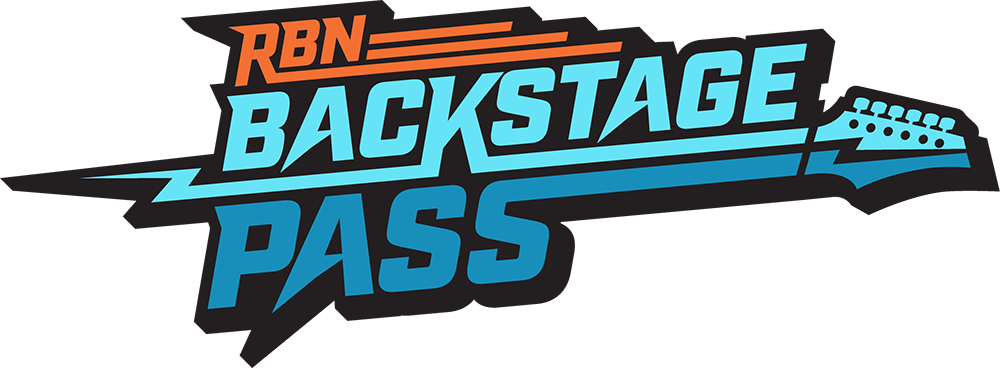The Shale Revolution sparked a multibillion-dollar re-plumbing of the U.S. crude oil pipeline network that continues to this day, two years after oil prices started falling and one year after oil production volumes followed suit. While the pace of development has at times seemed hectic, the individual decisions to build new pipelines involve a lot of studying, vetting and number crunching. After all, pipelines don’t come cheap, and their success depends to a considerable degree on their long-term usefulness to the market. One of the most important factors in determining whether a crude oil pipeline project makes sense is its capital cost and, with that, the cost of moving oil through it. Today, we continue our look at crude pipeline economics with a discussion of the basics of estimating pipe size and cost, and figuring the optimal capacity of a given pipeline project.
In Part 1 of this series, we discussed the long list of questions that midstream companies, potential shippers and others need to consider when deciding whether to build a new pipeline. Which production areas need new takeaway capacity? What should be the pipeline’s destination? How much capacity should the pipeline have? When is the ideal time to build the pipeline and bring it online? And –– also important –– how much would it cost to develop a crude oil pipeline from Point A to Point B, how much would the developers have to charge shippers, and would those charges be low enough for shippers to say, “We’re in.” We noted it is critical that developers consider future supply/demand dynamics to determine whether the need for capacity is likely to hold up. We discussed the facts that oil pipeline regulation is particularly complicated, and that transportation rates aren’t necessarily based on project costs. (More on that to come.) And we noted that this series on oil pipeline economics is a spin-off of sorts from our But I Would Pipe 500 Miles series on the economics of natural gas pipelines. As in that effort, the aim here is to present simple, rule-of-thumb approaches to determining whether an oil pipeline project is worth pursuing, not the detailed engineering analysis that would be needed. Today we consider the basics of estimating how big a pipe needs to be for a given level of oil transportation and what that size pipe will likely cost (including “non-pipe” elements like pumps, meters, and storage.
So the first question is this: Say you want to move 200,000 barrels a day (200 Mb/d) of crude out of the Bakken play in North Dakota, and deliver it 500 miles. How fat –– or what diameter –– does the pipe need to be? We’ll go through the basic geometry and math, then give an industry rule of thumb and test it against our geometry lesson. There are three steps to determining the pipe diameter needed:
Step 1: Unit conversion. Pipe diameters are measured in inches, pipeline capacity is in barrels a day, and the speed of the oil through the pipe is in miles per hour. So somehow, we have to turn everything into the same units to back down from barrels per day to inches of diameter.
Step 2: We just mentioned the speed of the oil through the pipe—so we need to find and confirm what assumption is reasonable.
Step 3: We need to go through the math to get a basic formula.
Join Backstage Pass to Read Full Article








